- Home›
- Healthy Living›
- 10 Effective Home Remedies To Treat Baker's Cyst
10 Effective Home Remedies To Treat Baker's Cyst
By: Priyanka Maheshwari Tue, 11 June 2024 10:23:38
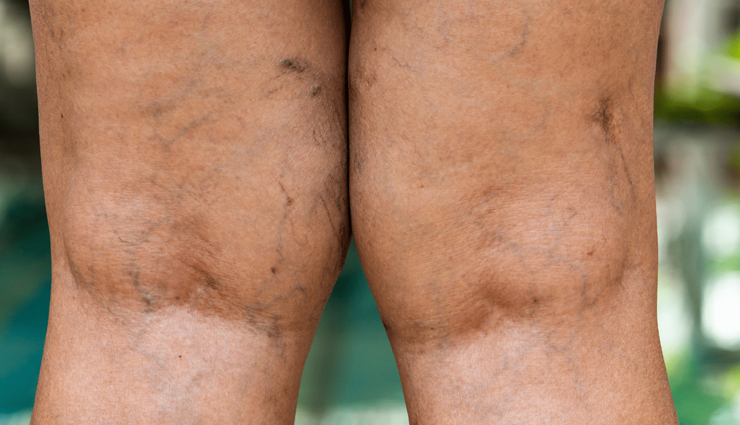
A Baker's cyst, also known as a popliteal cyst, is a fluid-filled swelling that develops behind the knee. It occurs when excess synovial fluid, the lubricating fluid found within the knee joint, accumulates in a small sac at the back of the knee. Here are the key aspects of a Baker's cyst:
Causes
- Knee Joint Conditions: Often associated with underlying issues such as osteoarthritis, rheumatoid arthritis, or meniscal tears.
- Inflammation: Inflammation of the knee joint lining (synovium) can lead to excess fluid production, which may extend into the back of the knee.
- Injury: Trauma or injury to the knee can sometimes result in the formation of a Baker's cyst.
Symptoms
- Swelling: Noticeable swelling behind the knee, which may extend down the calf.
- Pain: Pain or discomfort, particularly when bending or straightening the knee.
- Stiffness: Limited range of motion in the knee.
- Lump: A palpable lump at the back of the knee.
Home remedies can help manage the symptoms of a Baker's cyst and potentially reduce its size. Here are some effective methods:
# Rest and Activity Modification
Rest: Avoid activities that exacerbate knee pain or swelling.
Low-Impact Exercise: Engage in low-impact activities like swimming or cycling to maintain joint function without excessive strain.
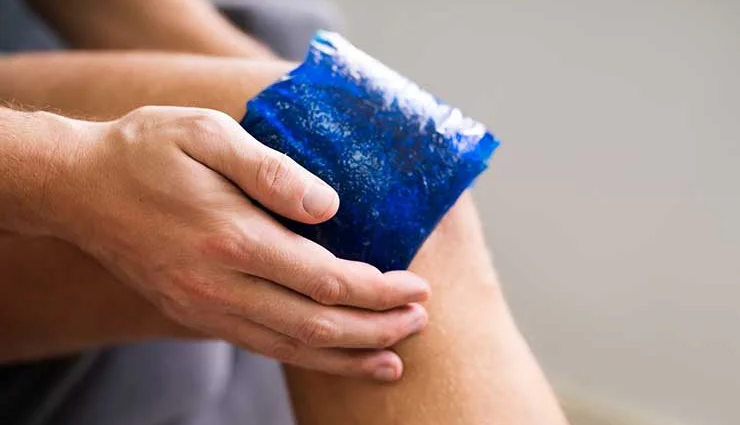
# Ice Therapy
Application: Apply ice packs to the back of the knee for 15-20 minutes several times a day.
Method: Wrap ice in a cloth to avoid direct contact with the skin, which can cause ice burns.
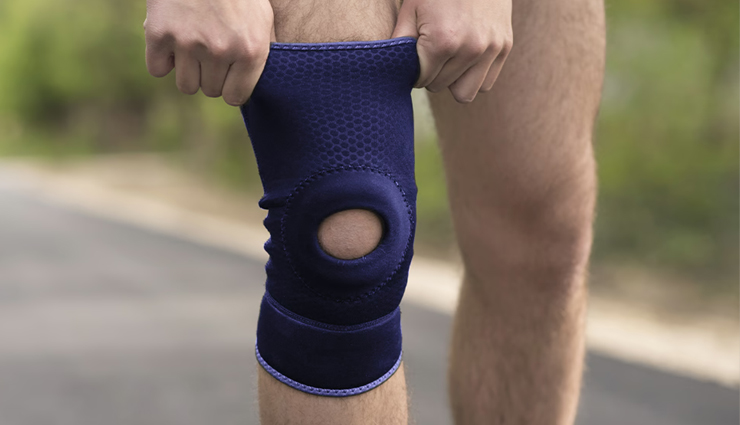
# Compression
Knee Braces or Bandages: Use an elastic bandage or compression sleeve to reduce swelling and provide support.
Caution: Ensure that compression is not too tight, as it can impede blood flow.

# Elevation
Positioning: Elevate the affected leg above heart level when resting to reduce swelling.
Techniques: Use pillows or a reclining chair to achieve elevation.
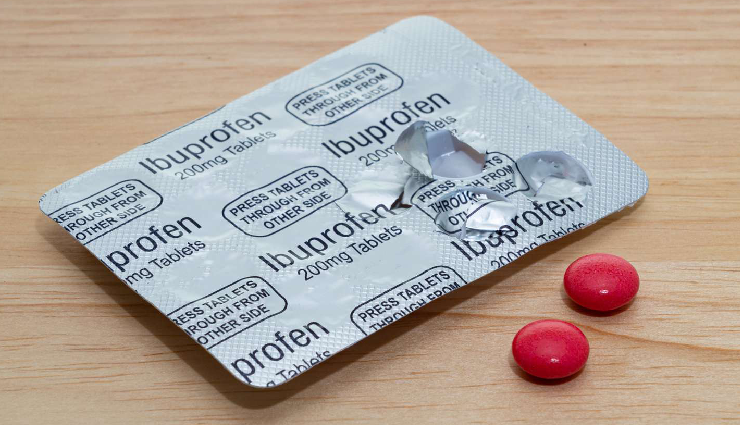
# Over-the-Counter Pain Relief
Medications: Nonsteroidal anti-inflammatory drugs (NSAIDs) like ibuprofen or naproxen can help relieve pain and reduce inflammation.
Consultation: Follow dosing instructions and consult a healthcare provider if you have any underlying health conditions.
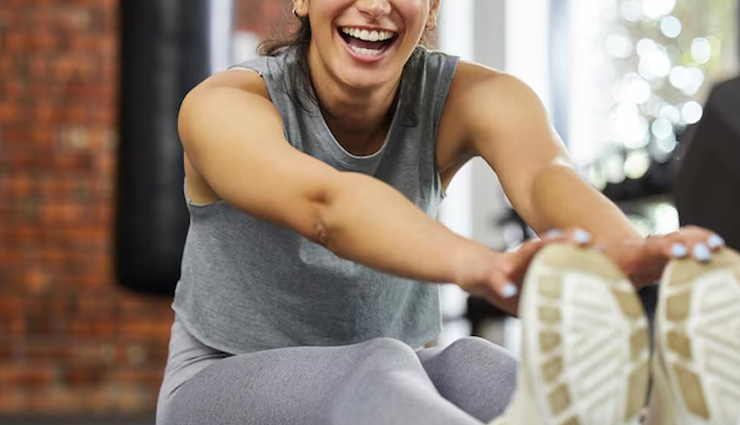
# Gentle Stretching and Strengthening Exercises
Quadriceps Stretch: Gently stretch the front of the thigh to relieve tension around the knee.
Hamstring Stretch: Stretch the back of the thigh to improve flexibility and reduce strain.
Strengthening Exercises: Strengthen the muscles around the knee to provide better support, such as:
Straight Leg Raises: Lie down and lift one leg while keeping it straight.
Quadriceps Sets: Tighten the quadriceps muscles while keeping the leg straight and hold for a few seconds.
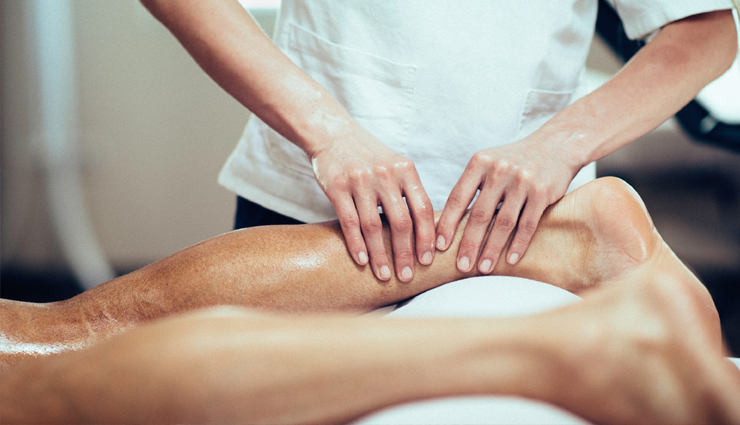
# Massage
Technique: Gentle massage around the knee can improve circulation and reduce stiffness.
Professional Help: Consider seeing a physical therapist for professional guidance.
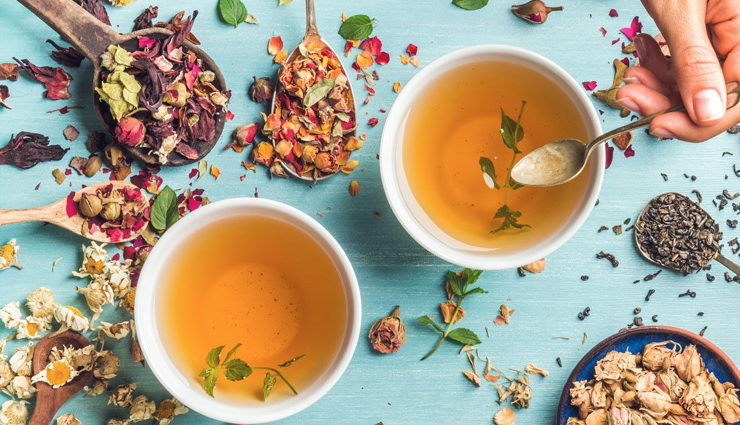
# Herbal Remedies
Turmeric: Known for its anti-inflammatory properties, turmeric can be taken as a supplement or added to food.
Ginger: Ginger has natural anti-inflammatory effects and can be consumed as tea or in meals.
Aloe Vera: Applying aloe vera gel topically may help reduce inflammation.
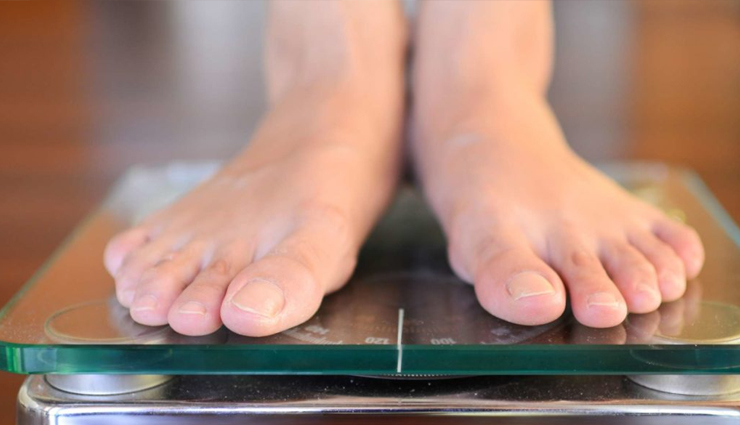
# Weight Management
Diet and Exercise: Maintaining a healthy weight can reduce pressure on the knee joint and alleviate symptoms.
Consultation: Seek advice from a dietitian or healthcare provider if needed.
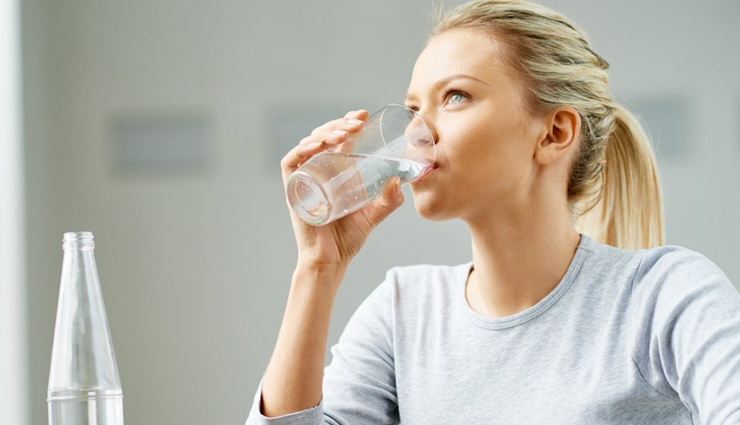
# Hydration
Water Intake: Staying well-hydrated helps maintain joint health and can aid in reducing inflammation.





